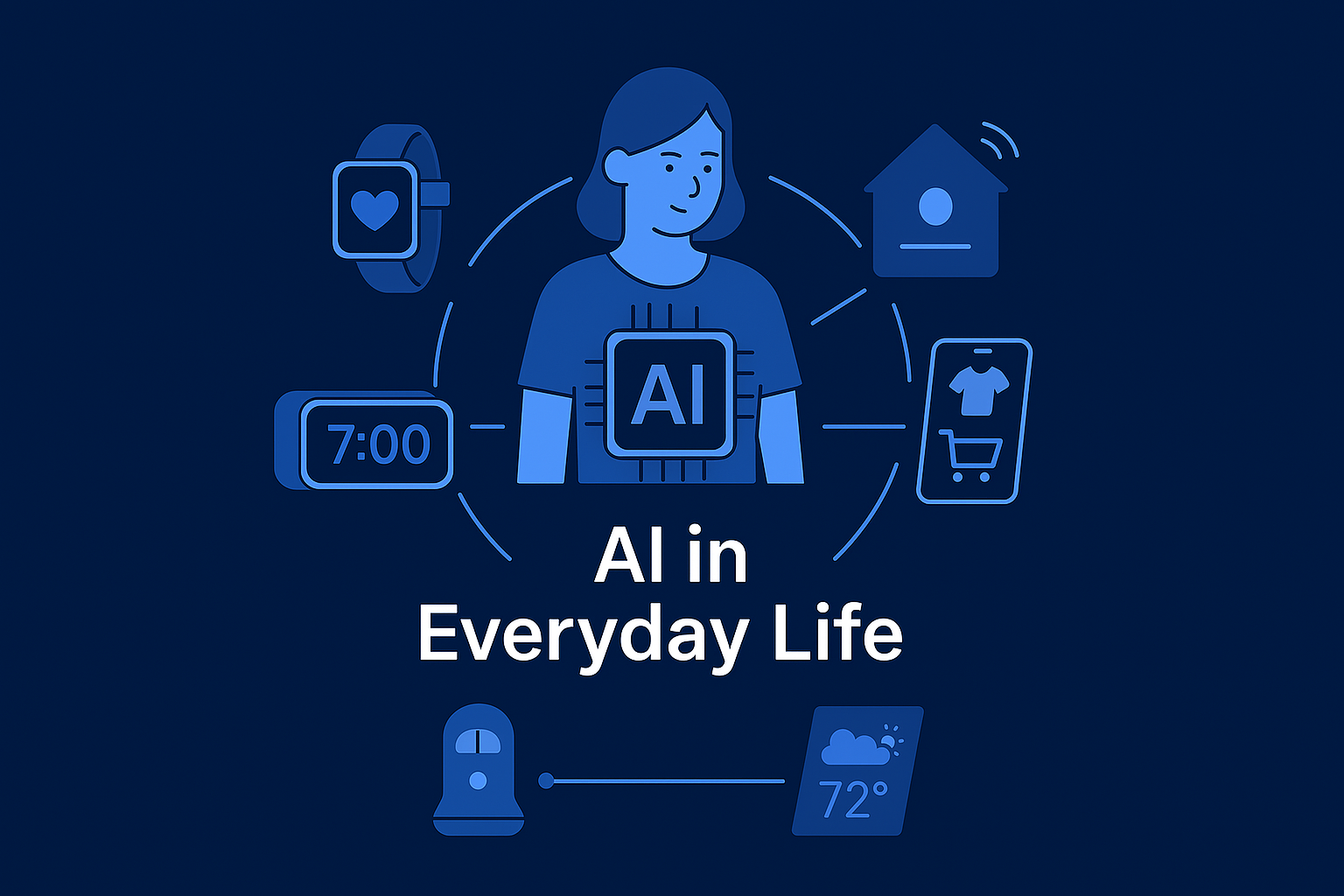Cybersecurity has become a paramount concern for individuals and organizations. The recent Taylor Swift ticket breach incident is a stark reminder of the vulnerabilities in our interconnected systems. Thousands of fans, eager to secure tickets to see the pop star live, fell victim to a sophisticated cyberattack that compromised their personal information and financial data. This breach didn’t just cause financial losses and frustration among fans. It also highlighted significant flaws in the ticketing platform’s security measures.
As cyber threats evolve and become more sophisticated, individuals and organizations must stay informed and proactive in their cybersecurity practices. This article aims to provide a comprehensive guide on the cybersecurity best practices to prevent such breaches by drawing lessons from the Taylor Swift ticket incident and other notable cyberattacks.
Whether you are an individual looking to protect your personal data or a business aiming to safeguard your assets, this guide will equip you with the knowledge and tools to prevent cyberattacks and ensure a safer digital experience.
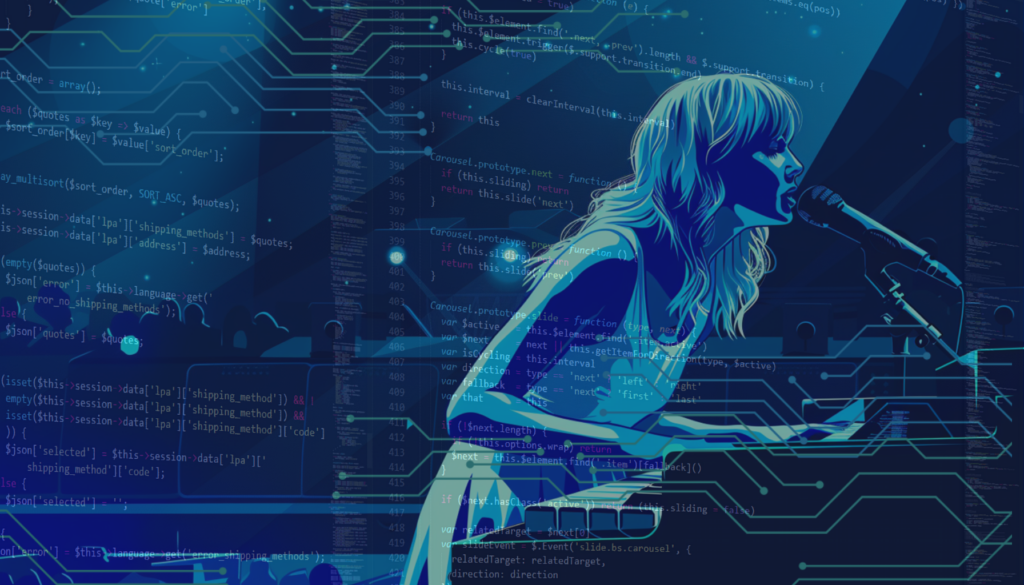
Understanding the Taylor Swift Ticket Breach
Detailed Account of the Incident
The Taylor Swift ticket breach incident occurred in May 2024. Hackers exploited holes in the ticketing system of a major online ticket seller. The result was unauthorized access to the personal and financial information of fans who wanted to purchase tickets for Swift’s highly anticipated tour. The attackers used a combination of phishing emails and malicious software to hack the ticketing platform.
Once inside, the hackers extracted sensitive information, which included names, addresses, email addresses, credit card details, and ticket purchase histories. This breach not only led to financial losses for the affected individuals but also caused widespread frustration; fans found their ticket purchases invalidated or manipulated. The incident highlighted the critical need for robust cybersecurity measures in online transactions. This need is particularly true for high-demand events like major concerts.
Statistical Data on the Breach’s Impact
The hackers set an ultimatum, “Pay us $2 million USD or we leak all 680M of your users information and 30million more event barcodes including: more Taylor Swift events, P!nk, Sting, Sporting events F1 Formula Racing, MLB, NFL and thousands more events.”
After the incident, many affected users experienced unauthorized charges on their credit cards, while some reported their personal information being used for fraudulent activities. Additionally, the breach greatly affected the ticketing company as it faced both legal challenges and a substantial loss of consumer trust. This led to negative publicity for both the ticketing platform and the event organizers.
The incident highlighted the importance of staying safe online and showed the urgent need for stricter cybersecurity protocols to handle online sales and other high-stakes digital transactions.
By examining the details of different cybersecurity threats, we can better understand the tactics used by cybercriminals and the vulnerabilities they exploit. This will allow us to develop effective strategies to prevent similar incidents in the future. For business owners, it is crucial to ensure the highest level of security for their customers’ personal data. Don’t want to lose their trust? Keep reading!
Common Cybersecurity Threats
When attacking a business, hackers usually target sensitive resources like intellectual property (IP), customer data, or payment details. To understand their methods, let’s examine the most common cyber threats.

Phishing
In these schemes, attackers impersonate legitimate entities to trick individuals into revealing sensitive information such as usernames, passwords, and credit card details. Phishing attempts often arrive as emails, messages, or fake websites that look like they’re from trusted sources.
According to Egress, a cyber security company, over 94% of companies fell victim to phishing attacks in 2023. Why is that important? This can lead to significant financial losses and identity theft, posing a severe threat to individuals and businesses alike.
Malware
Malware, short for malicious software, encompasses a range of harmful programs like viruses, worms, and trojans. This type of attack is designed to damage or disrupt systems, steal data, or gain unauthorized access to networks. In 2023 alone, over 6 billion malware attacks were reported, causing billions of dollars in damages worldwide.
Ransomware
Ransomware is a type of malware that encrypts a victim’s data and demands a ransom for its release. The FBI reported that ransomware attacks resulted in over $59.6 million in losses in 2023. These attacks often target organizations, like healthcare providers, educational institutions, and businesses, and cause operational disruptions and data loss.
Notable examples include the WannaCry ransomware attack, which harmed hundreds of thousands of computers globally and caused an estimated $4 billion in damages. Also, the Colonial Pipeline ransomware attack in 2021 led to fuel shortages across the Eastern United States.
Man-in-the-Middle Attacks
Man-in-the-middle (MitM) attacks occur when attackers intercept and alter communication between two parties without their knowledge. This type of attack can lead to data breaches and unauthorized access to sensitive information. For instance, in 2018, a MitM attack on India’s Cosmos Bank stole $13.5 million and compromised the personal information of thousands of customers.
DDoS Attacks
Distributed Denial of Service (DDoS) attacks overwhelm systems with excessive traffic, disrupting operations and rendering services unavailable. This can lead to a standstill for hours and significant revenue losses. In 2023, the number of DDoS attacks increased to 8.7 million and affected various sectors, including finance, healthcare, and entertainment. Robust cybersecurity measures are a must to fend off such threats and ensure business continuity.
Insider Threats
Insider threats involve employees or associates who misuse their access to harm the organization. These threats can be intentional, such as data theft for personal gain, or unintentional, such as accidentally leaking sensitive information.
According to the 2023 Cost of Insider Threats Global Report, insider incidents have shot up by 47% over the past two years, costing organizations an average of $15.38 million annually. The Edward Snowden incident is a well-known example of an insider threat causing significant damage to national security.
Cybersecurity Best Practices for Individuals
Understanding the common cybersecurity threats is essential for individuals and organizations to prepare better and implement protective measures. By staying aware and taking proactive steps, we can mitigate cybersecurity risks and ensure a secure digital environment.
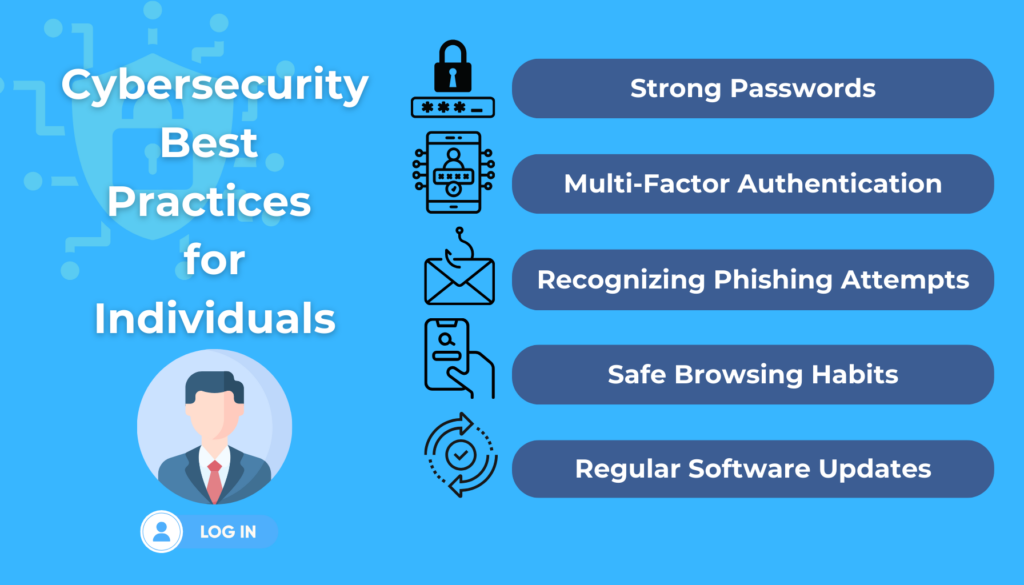
Strong Passwords
Creating strong, unique passwords is one of the most fundamental steps in protecting personal information online. Weak or reused passwords can easily be compromised, giving cybercriminals access to multiple accounts. Here are some cybersecurity tips for creating strong passwords:
-
Length and Complexity: Use a combination of at least 12 characters, including uppercase and lowercase letters, numbers, and special symbols.
-
Avoid Common Phrases: Avoid using easily guessable information such as names, birthdays, or common words.
-
Use Password Managers: Password managers can generate and store complex passwords, ensuring you do not have to remember them all. However, according to a 2023 survey by Statista, only 34% of internet users use a password manager, highlighting the need for increased adoption.
Multi-Factor Authentication (MFA)
What is MFA in cyber security? Multi-Factor Authentication adds an extra layer of security by requiring more than just a password to access an account. MFA typically involves something you know (password), something you have (a phone or security token), and something you are (fingerprint or facial recognition). The benefits of using MFA include:
-
Enhanced Security: MFA prevents unauthorized access even if a password is compromised.
-
Wide Availability: Most prominent online services offer MFA options, including email providers and social media platforms. According to Microsoft, MFA can block 99.9% of automated attacks.
Recognizing Phishing Attempts
Phishing attacks are becoming increasingly sophisticated, making them essential yet tricky to recognize and avoid. Common signs of phishing emails include:
-
Suspicious Sender Addresses: Phishing emails often come from addresses that mimic legitimate sources but have slight variations.
-
Urgent or Threatening Language: Phishing messages frequently create a sense of urgency or fear to prompt quick action.
-
Unusual Requests: Be wary of emails requesting sensitive information or prompting you to click on unfamiliar links. If you suspect a phishing attempt, do not click on any links or attachments. Instead, verify the message by contacting the organization directly using official contact information.
Safe Browsing Habits
Practicing safe browsing habits can prevent many types of cyber threats. Here are some cybersecurity tips:
-
Avoid Suspicious Links and Websites: Do not click on links or visit websites that look suspicious or are sent by unknown sources.
-
Use Secure and Updated Browsers: Ensure your web browser is up-to-date with the latest security patches. Most modern browsers also offer built-in security features, such as warnings about unsafe websites.
-
Enable Pop-up Blockers: Pop-ups can sometimes contain malicious content. Using a pop-up blocker can reduce the risk of accidentally downloading malware.
Regular Software Updates
Keeping your software and systems updated is critical in protecting against known vulnerabilities. Software updates often include security patches that address these vulnerabilities. Here are some steps to ensure your systems remain secure:
-
Automate Updates: Enable automatic updates whenever possible to ensure you always have the latest security patches.
-
Update All Devices: Ensure that all your devices, including computers, smartphones, and tablets, are regularly updated.
-
Update Applications: Regularly update your operating system and applications such as web browsers, antivirus software, and productivity tools.
By following these cybersecurity best practices, people can significantly reduce their risk of being victims of cyberattacks. Awareness and proactive measures are key to maintaining personal security in the digital age.
Cybersecurity Best Practices for Organizations
While SecOps and DevSecOps concepts can help mitigate security risks early on during the development phase, there are other ways to level up security after the release. Let’s examine best practices for organizations, as they typically handle sensitive data, and unauthorized access by third parties can lead to disastrous effects.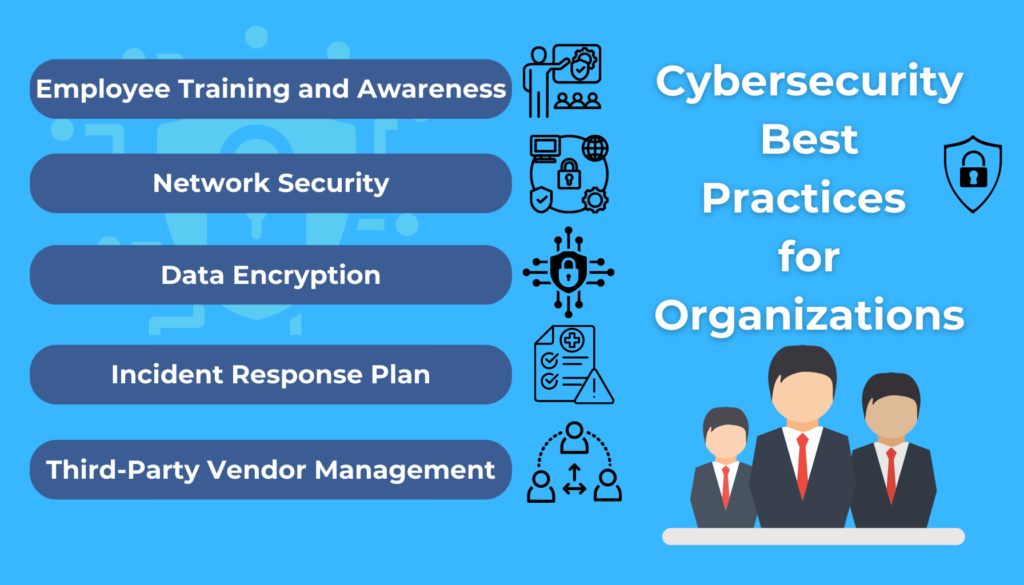
Employee Training and Awareness
One of the most effective ways to prevent cyberattacks is through regular employee training and awareness programs. Your employees are often the first line of defense, and their actions can significantly impact an organization’s cybersecurity posture. Here are the key components of effective cybersecurity education:
-
Regular Training Sessions: Schedule cybersecurity training sessions regularly to keep employees updated on the latest threats and security practices.
-
Simulated Phishing Exercises: Run phishing simulations to test employees’ ability to recognize and respond to phishing attempts.
-
Clear Policies and Procedures: Develop and communicate clear cybersecurity policies and procedures that employees must follow. In fact, organizations that regularly conduct security awareness training reduce their phishing susceptibility from 60% to 10% in 12 months.
Network Security
Securing the organization’s network is crucial to protecting sensitive data and maintaining operational integrity. Here are some effective network security measures:
-
Firewalls and Antivirus Software: Set up firewalls and antivirus software to guard against unauthorized access and malware. Make sure these tools are regularly updated.
-
Regular Network Monitoring: Implement continuous monitoring of network traffic. This helps you spot and respond to suspicious activity promptly.
-
Segmentation: Use network segmentation to limit access to sensitive data and reduce the impact of a potential breach.
Data Encryption
Encrypting sensitive data, both at rest and in transit, is essential for protecting it from unauthorized access. Here are key practices for effective data encryption:
-
Strong Encryption Standards: Rely on strong encryption algorithms, such as AES-256, to secure sensitive data.
-
Encryption Key Management: Implement robust encryption key management practices to ensure that keys are stored and handled securely.
-
End-to-End Encryption: Apply end-to-end encryption to sensitive communications to ensure data is protected throughout its lifecycle. An IBM report found that organizations using encryption cut breach costs by an average of $360,000.
Incident Response Plan
Having a well-defined cybersecurity incident response plan is critical for minimizing the impact of a cybersecurity incident. Key components of an effective incident response plan include:
-
Preparation: Set up a cybersecurity incident response team and clearly define roles and responsibilities. Run drills regularly to ensure everyone is ready to act quickly.
-
Detection and Analysis: Deploy advanced tools and processes to quickly spot and analyze security incidents. Stay updated on emerging threats.
-
Containment, Eradication, and Recovery: Develop strategies to contain the incident, eradicate the threat, and recover affected systems and data.
-
Post-Incident Review: Conduct a thorough review after an incident to identify lessons learned and improve the response plan.
Third-Party Vendor Management
Companies often rely on third-party vendors for various services, which can introduce additional cybersecurity risks. To manage these risks effectively, consider the following best cybersecurity practices:
-
Vendor Risk Assessments: Carry out thorough risk assessments of all third-party vendors. This helps evaluate their security posture and identify potential vulnerabilities.
-
Security Requirements and Contracts: Build specific cybersecurity requirements in vendor contracts and ensure vendors stick with these standards.
-
Regular Audits and Monitoring: Perform regular audits and continuous monitoring of third-party vendors to ensure ongoing compliance with security policies.
Case Studies and Examples
There have been many security breaches in the past. Some companies successfully handled them, and some did not. But we can learn from both. Let’s look at some of the most notable examples of hacks to gain valuable cybersecurity tips.
Previous High-Profile Breaches
Understanding past cybersecurity breaches can provide valuable insights into preventing future incidents. Here, we analyze a few notable cases.
Target Data Breach (2013)
-
Incident: In December 2013, Target experienced one of the largest retail data breaches in history, which affected over 40 million credit and debit card accounts.
-
Cause: Hackers gained access through a third-party HVAC contractor and used malware to steal data from point-of-sale systems.
-
Impact: The breach led to significant financial losses and a damaged reputation for Target. The company paid $18.5 million in a multi-state settlement and invested heavily in upgrading its security systems.
-
Lesson: This incident underscores the importance of securing third-party vendor access and continuously monitoring the network for suspicious activity.
Equifax Data Breach (2017)
-
Incident: Equifax, a major credit reporting agency, suffered a breach that exposed the personal information of 147 million individuals.
-
Cause: The breach was due to a vulnerability in a web application that Equifax failed to patch.
-
Impact: The breach led to massive fines and settlements, including a $425 million settlement with people affected by the breach.
-
Lesson: Timely patching of software vulnerabilities and robust vulnerability management practices are crucial to prevent similar breaches. Read here to see how Equifax and other companies can apply a web application firewall to protect their software.
Sony Pictures Hack (2014)
-
Incident: Sony Pictures Entertainment was hacked by a group calling itself the Guardians of Peace. The result was the theft and public release of sensitive data, including unreleased films and personal employee information.
-
Cause: The attackers used sophisticated malware to penetrate Sony’s network.
-
Impact: The breach caused significant financial losses and reputational damage, leading to executive resignations.
-
Lesson: The importance of advanced threat detection, employee awareness, and a strong cybersecurity incident response plan to mitigate the effects of a breach.
Successful Prevention Strategies
Highlighting organizations that have effectively implemented cybersecurity measures can provide practical examples for others to follow.
JPMorgan Chase
-
Strategy: After experiencing a data breach in 2014, JPMorgan Chase ramped up its cybersecurity efforts. The company now allocates $600 million annually and employs over 3,000 cybersecurity professionals.
-
Outcome: These investments have fortified the bank’s defenses, making it a leader in cybersecurity in the financial sector.
-
Key Practices: Regular security assessments, employee cybersecurity education, advanced threat detection, and multi-factor authentication.
Dropbox
-
Strategy: After a recent data breach, Dropbox implemented strong encryption, conducts regular corporate security audits, and runs a bug bounty program to identify and fix vulnerabilities.
-
Outcome: Dropbox has maintained a robust security posture, with no significant breaches reported since the implementation of these cybersecurity measures.
-
Key Practices: End-to-end encryption, proactive vulnerability management, and incentivizing external security researchers to report bugs.
-
Strategy: Google’s BeyondCorp security model shifts access controls from the perimeter to individual devices and users, ensuring secure access regardless of the user’s location.
-
Outcome: This model has enhanced Google’s security, particularly for remote and mobile workforces.
-
Key Practices: Zero-trust architecture, continuous authentication, and real-time access controls.
Future Trends in Cybersecurity
As the digital landscape evolves, so do the threats and challenges in cybersecurity. Staying ahead requires not only understanding current risks but also anticipating future trends. This section explores emerging technologies, strategies, and cybersecurity best practices that can help organizations prepare and adapt to the ever-changing threat environment.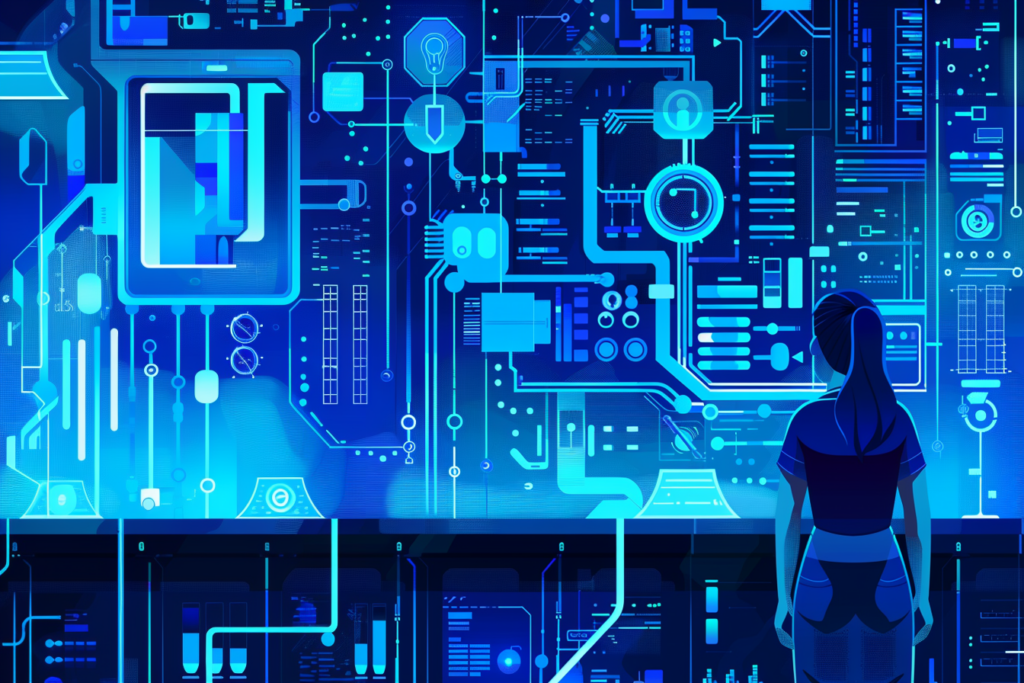
Emerging Threats
As technology evolves, so do the methods used by cybercriminals. Emerging threats in cybersecurity include:
AI-Powered Attacks
-
Cybercriminals are increasingly using AI and ML to launch more sophisticated and targeted attacks. AI helps them automate tasks like finding vulnerabilities, crafting phishing emails, and bypassing security measures. This is why it’s crucial to set up AI regulation with emerging technologies and protect your business.
IoT Vulnerabilities
-
The Internet of Things (IoT) is expected to have billions of connected devices in the coming years. These devices often have weak security, making them prime targets for attacks. Cybercriminals can exploit compromised IoT devices to launch large-scale DDoS attacks or infiltrate sensitive networks.
Ransomware Evolution
-
Ransomware attacks are becoming more sophisticated. Attackers use advanced encryption methods and target critical infrastructure and high-value organizations. The rise of Ransomware-as-a-Service (RaaS) has also made it easier for less technically skilled criminals to carry out these attacks.
Deepfakes and Social Engineering
-
Deepfake technology, which involves creating realistic but fake audio and video content, is on the rise. Deepfakes can be used for social engineering attacks, spreading misinformation, and manipulating public opinion.
Advanced Defense Mechanisms
Cybersecurity is also evolving to counter emerging threats. Some of the advanced defense mechanisms include:
AI and Machine Learning in Defense
-
Just as attackers use AI, defenders leverage AI and ML to beef up their security measures. AI can help detect anomalies, spot potential threats in real time, and automate responses to reduce risks. Learn more about AI cybersecurity and its practical applications in our article.
Zero Trust Architecture
-
The zero-trust model assumes that threats can lurk both inside and outside the network. This approach involves verifying the identity of every user and device before granting access, no matter their location. This is vital as remote work becomes more common.
Quantum Cryptography
-
With the advent of quantum computing, traditional encryption methods may become vulnerable. Thus, quantum cryptography steps in, using the principles of quantum mechanics to secure data and offering potentially unbreakable encryption methods.
Behavioral Analytics
-
Behavioral analytics involves monitoring the behavior of users and systems to pick up on anomalies that could signal a security threat. This approach can help root out insider threats and detect compromised accounts.
Regulatory Changes and Compliance
As cyber threats grow, governments and regulatory bodies are implementing stricter cybersecurity regulations:
General Data Protection Regulation (GDPR)
-
The GDPR, rolled out by the European Union, sets stringent requirements for data protection and privacy. Non-compliance can result in heavy fines, making it essential for organizations to adopt robust cybersecurity measures.
Cybersecurity Maturity Model Certification (CMMC)
-
The CMMC is a framework for ensuring cybersecurity practices are in place for contractors working with the U.S. Department of Defense. These standards are necessary to avoid hefty fines, so organizations must put in place robust cybersecurity measures.
Data Breach Notification Laws
-
Many countries are enacting laws that require organizations to notify affected individuals and regulatory bodies when a data breach occurs. These laws ramp up organizations to improve their cybersecurity incident response capabilities.
Predictions for the Future
Looking ahead, several security trends are likely to shape the future of cybersecurity:
Increased Investment in Cybersecurity
-
As cyber threats continue to grow, organizations will pour more resources into cybersecurity technologies and personnel. According to a report by MarketsandMarkets, the global cybersecurity market is expected to hit $248.26 billion by 2023.
Collaboration and Information Sharing
-
Greater collaboration between organizations, industries, and governments will be crucial in fending off cyber threats. Information-sharing initiatives can help organizations stay informed about the latest threats and cybersecurity best practices.
Focus on Cyber Resilience
-
Cyber resilience means not only preventing attacks but also bouncing back quickly when they occur. Organizations will prioritize building resilient systems that can withstand and recover from cyber incidents.
User-Centric Security
-
As users become more savvy in cybersecurity, there will be a greater focus on user-centric security measures, such as easy-to-use authentication methods and privacy-enhancing technologies.
Takeaways
The Taylor Swift ticket breach underscores the critical need for robust cybersecurity. As our digital interactions grow, both individuals and organizations must step up their efforts to protect sensitive information.
Understanding common threats like phishing, malware, ransomware, and DDoS attacks is essential. Individuals should use strong passwords, enable multi-factor authentication, recognize phishing attempts, practice safe browsing, and keep software updated.
Organizations must invest in employee training, secure their networks, encrypt data, have an incident response plan, and manage third-party risks. Learning from past breaches and adopting cybersecurity best practices can significantly enhance security.
It is vital to stay informed about future trends, such as AI-driven attacks, IoT vulnerabilities, and the adoption of zero-trust architecture. Embracing emerging technologies and collaborative defense efforts will help you stay ahead of cyber threats.
Cybersecurity requires ongoing vigilance, education, and adaptation. By putting these measures into action, we can create a safer digital world and prevent breaches like the Taylor Swift ticket incident.


